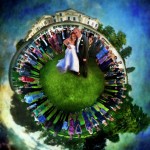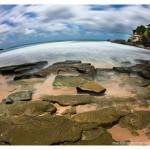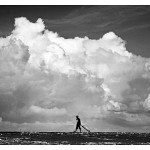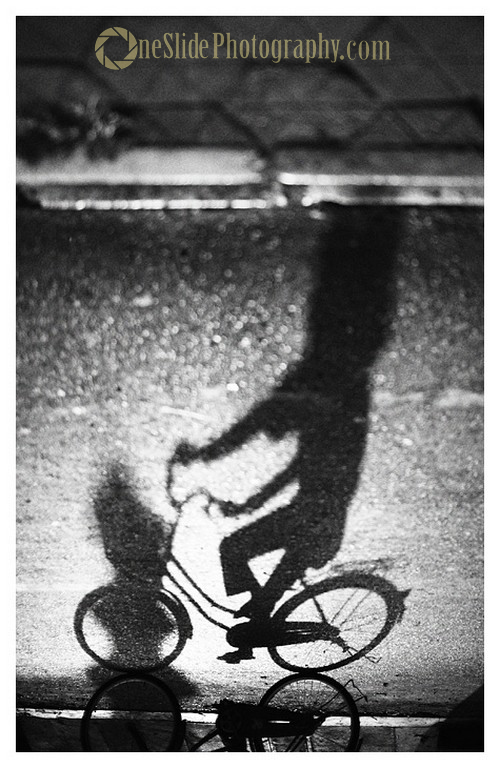
Photography is essentially a visual art form. Converting visualizations of what may seem to be meaningless scenes into something interesting (making something out of nothing). Interesting photographs are sometimes a result of implementing unorthodox angles, unorthodox in the sense that these angles may not be how the human eye views the world and their surroundings. With the help of the camera and lens, a photographer can record these unusual angles so as to be presented as unique photographic artwork.
Here I will present one idea of how to get a unique photograph. The trick is to flip the photograph upside down (180 degrees) or what would call upside down photography. By doing so, and by implementing a shadow or reflection, the dominant point of interest is the shadow and reflection instead of the real objects. The following are a few examples of photographs filled at 180 degrees. Hopefully they will spark inspirations to create your own unique upside down photograph:
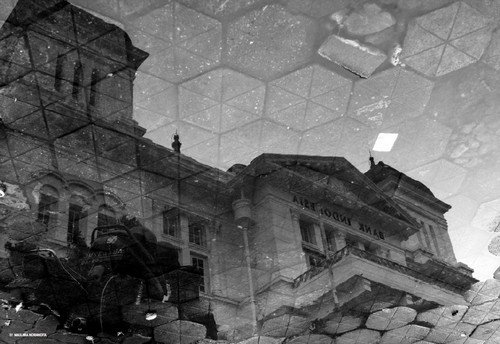
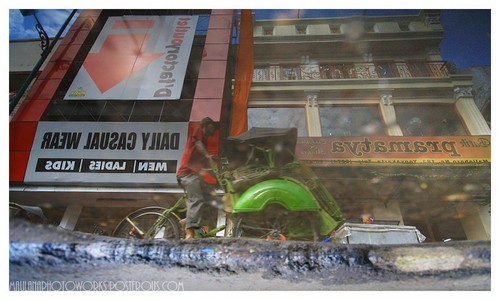
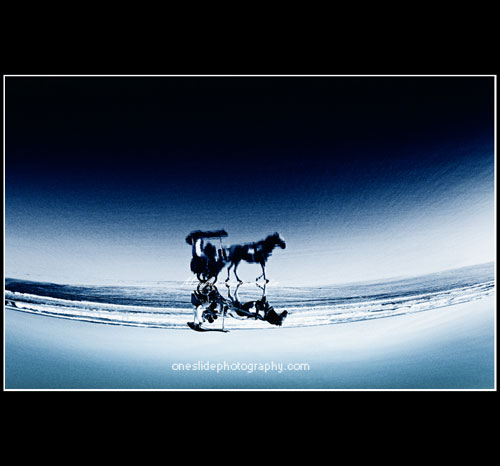
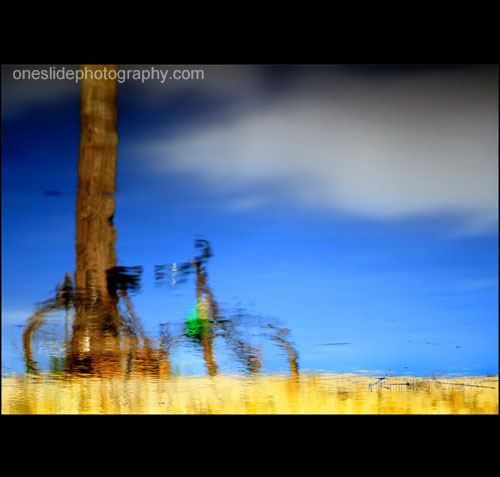
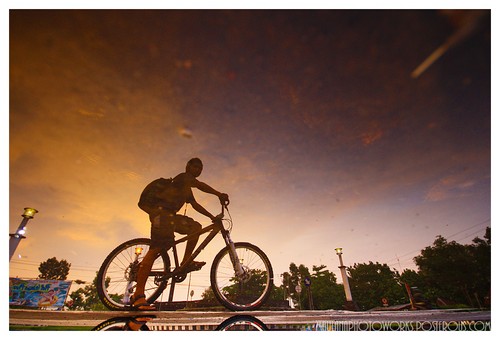
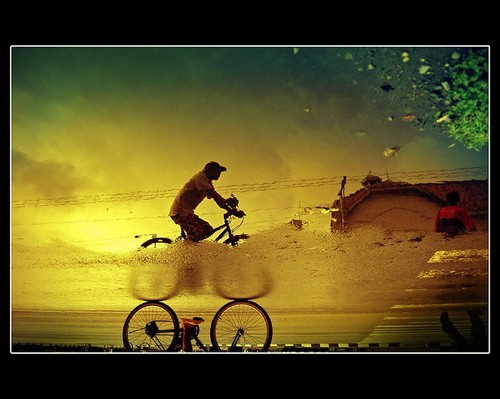
Tips for executing the upside down photography:
– Find reflective areas to cast reflections of your objects, such as puddles or shiny objects.
– Find a calm reflective surface, so that the reflection of your object can be seen clearly without any ripples or wrinkles disrupting the scene.
– If what your photographing is the shadow of an object, photograph when the sun is positioned on the west/east (golden hours). But it must be noted that the more west/east the sun’s position is, the more elongated the shadow will appear to be. This can sometimes be a disadvantage because it can make the shadow appear disproportionate. Practice often and study sunlight directions in order to get the desired shadow effects.
– Practice often and find angles not usually observed from the point of view of the human eye.

